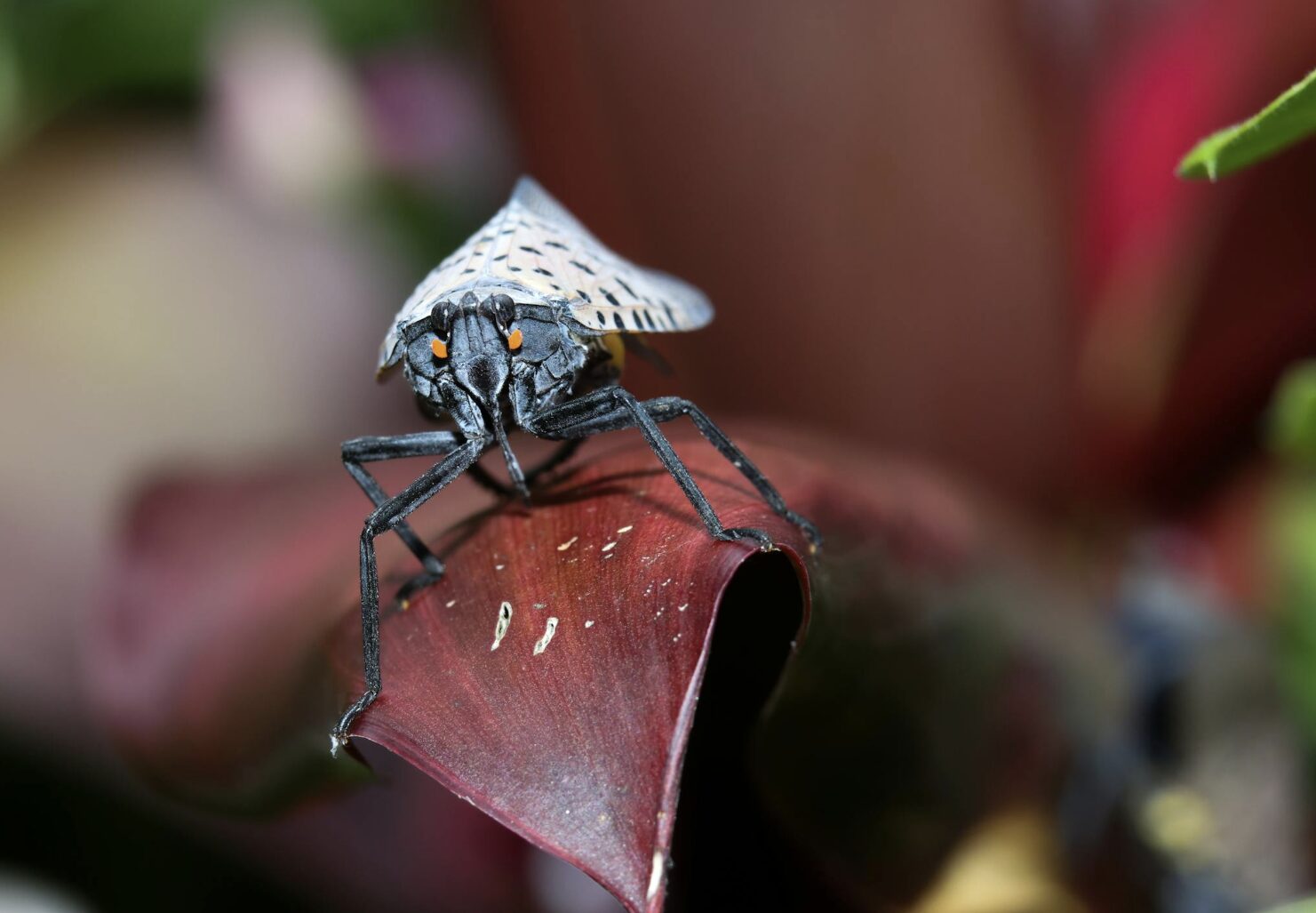
The spotted lanternfly has quickly become one of the most notorious invasive species in the United States. After it was first identified in Pennsylvania in 2014, it spread to multiple states, including New Jersey, Virginia, and Maryland. Its rapid spread has alarmed both environmentalists and agriculturalists due to its ability to harm a wide variety of plant species, including grapes, apples, and hardwood trees. The economic damage caused by this pest has made it a top concern for many agricultural industries, particularly in the eastern U.S.
The Lifecycle of the Lanternfly
Understanding the lifecycle of the spotted lanternfly is critical for controlling its population. The insect goes through several stages of development, starting as eggs that are laid in large clusters, often on the bark of trees or even on man-made structures like vehicles. These egg masses resemble smudges of gray mud, making them difficult to spot if you’re not specifically looking for them.
Once the eggs hatch, the nymphs emerge. These nymphs are small, black insects covered in white spots. As they grow, they go through several instar stages, gradually becoming larger and more mobile. Before they reach adulthood, the nymphs turn red with black and white markings. Once they mature, adult lanternflies can fly short distances and are capable of causing the most damage.
Adult lanternflies have two sets of wings. Their forewings are light brown or gray with black spots, while their hindwings are a striking combination of red, black, and white. This vivid coloration makes them easy to identify once they are fully grown. Despite their ability to fly, lanternflies prefer to jump between plants, feeding voraciously on sap.
The Threat to Agriculture and Ecosystems
The real danger posed by the spotted lanternfly comes from its feeding habits. These insects use a specialized mouthpart to pierce the bark of trees and plants, sucking out the sap. This feeding weakens the plants over time, making them more susceptible to disease and other pests. More concerning, though, is the sticky honeydew that lanternflies excrete as they feed.
This honeydew promotes the growth of sooty mold, a black fungus that coats the leaves and bark of plants. Sooty mold doesn’t directly kill plants, but it does block sunlight, interfering with photosynthesis and weakening the plant’s ability to produce energy. In large numbers, lanternflies can cause entire trees to die, especially when compounded by other environmental stressors.
How to Get Rid of Lanternflies
If you encounter a lanternfly, the best course of action is to kill it immediately. The U.S. Department of Agriculture and many state agricultural departments recommend squashing the insects on sight. This applies to both adult and nymph stages of the insect. Destroying egg masses is also a critical part of stopping the spread. These egg masses, which resemble grayish smudges, can be scraped off surfaces into a plastic bag filled with alcohol or hand sanitizer to ensure the eggs are killed.
In addition to individual action, many states have started implementing quarantine zones in areas where the lanternfly population is particularly high. These quarantines often involve restrictions on moving plant materials, firewood, and even vehicles that may unknowingly harbor lanternfly eggs. Compliance with these measures is crucial to containing the spread.
The Role of Public Awareness
Public awareness is another vital aspect of controlling the lanternfly population. Many people may not be familiar with the insect or may not realize the damage it can cause. Public education campaigns have been launched in affected areas, urging residents to report sightings and take action when necessary. Websites, social media posts, and even instructional videos have been created to help people identify lanternflies and understand how they can help reduce the population.
Conclusion
The spotted lanternfly poses a serious threat to both agricultural industries and natural ecosystems. Its ability to spread rapidly, combined with its destructive feeding habits, has made it a top concern for environmental authorities. The key to combating this invasive species is early detection and immediate action. If you see a lanternfly or its eggs, don’t hesitate—take steps to eliminate them and report the sighting to your local agricultural department.
By staying vigilant and taking the right actions, we can help protect our plants, trees, and crops from the devastating impact of the spotted lanternfly.



